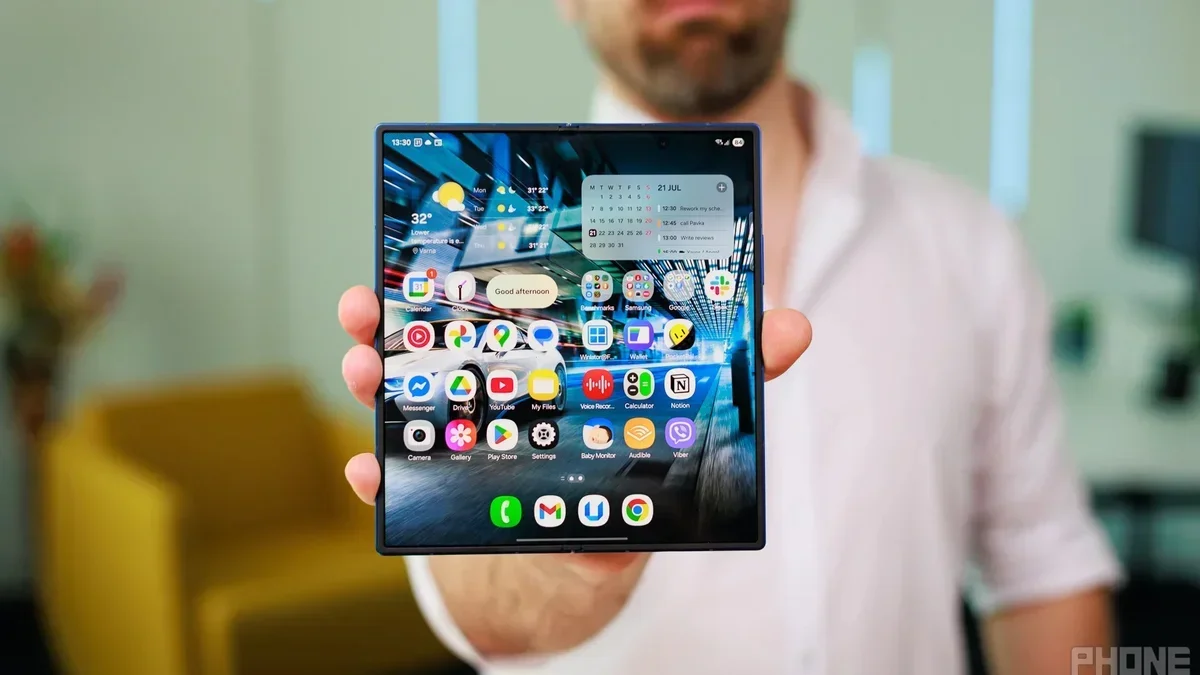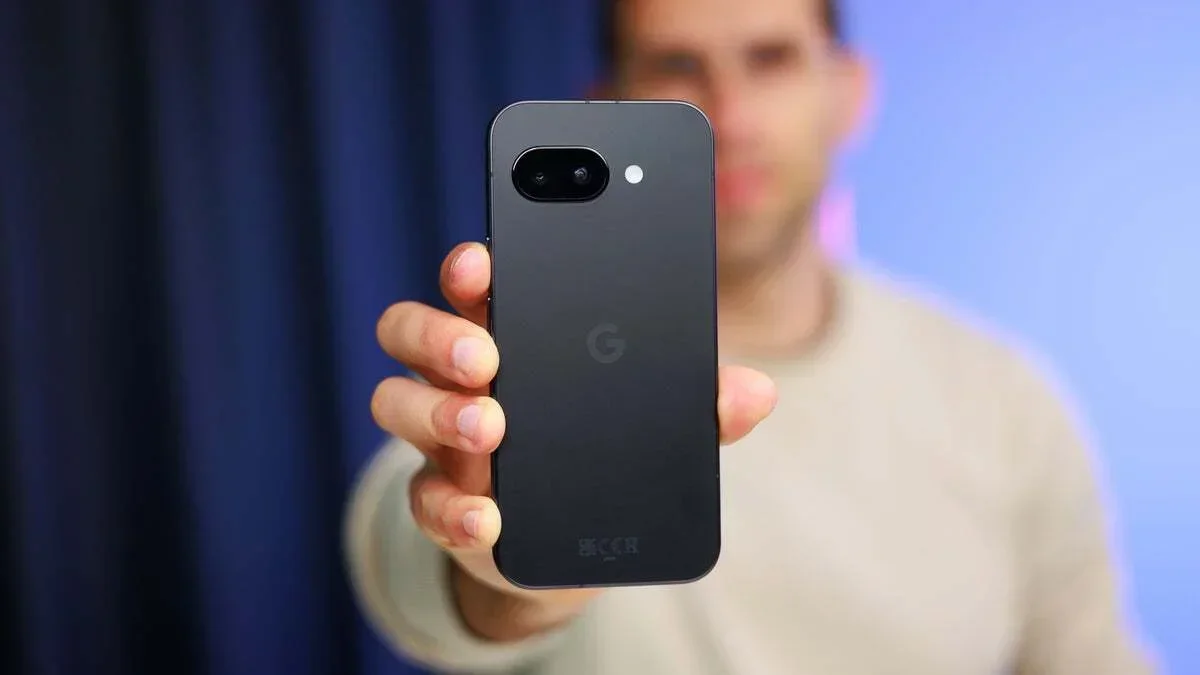Yet, tech-savvy users know the feeling of getting a fancy flagship: no more stutter when opening Google Maps, no more bland, messy photos, no more lagging when
So, how do we solve this dilemma? Some bite the bullet and buy a flagship, hoping that ramen won’t go up in price in the next month; some diligently save, others are blessed with rich relatives.
There’s another way towards the flagship realm, though. The way of the Big Wireless. Only through telcos like T-Mobile, AT&T and Verizon can some experience a power greater than any boring budget-friendly phone.
You know it, but do you love it?
I’m talking, of course, about the “free” and “on us” phone deals that the major carriers push numerous times a year.
Promises have been made


The Galaxy Z Fold 7 is one expensive toy. | Image by PhoneArena
Every time a new flagship smartphone hits the market, carriers like Verizon, AT&T, and T-Mobile rush in with promotions that make a bold promise: “Get it free, on us!” The idea is irresistible – why pay $1,000 or more upfront when you can seemingly walk out of the store with a brand-new phone at no cost? Of course, the reality is far less generous than the ads suggest. As a recent national study from The Harris Poll for Consumer Cellular shows, millions of Americans have taken these “free” deals without fully understanding the fine print, ultimately spending more than they realize.The carriers’ strategy is simple: offer a phone at zero upfront cost while tying the customer to a long-term, high-tier plan. The actual price of the phone is recouped through monthly bill credits, which only apply if you remain on a qualifying plan for the full term. These plans are rarely cheap, and missing a payment or canceling early can wipe out the perceived savings. The study estimates that roughly 73 million Americans have fallen into this trap, with about one in four adults signing up for “free” phone deals without grasping the full obligations.
Who really benefits from these deals?


The Pixel 10 Pro XL is also being offered by US telcos. | Image by PhoneArena
In the short term, consumers who are cash-strapped or unwilling to pay a large upfront sum can access the latest devices without draining their bank accounts. New customers switching carriers also see the appeal – these “free” phone promises act as an incentive to leave a competitor. Tech enthusiasts who want the newest gadgets without waiting or saving up may also jump at the offer. Even some older users, particularly those over 50, may be drawn in by the idea of a phone “on us”, despite rarely using the unlimited data these plans provide.
But the benefits are rarely as clear-cut as they seem. The reality is that many consumers end up paying more over time than they would have if they had purchased the phone outright. People who rarely track their monthly usage, fail to review their bills, or don’t compare plans regularly are especially vulnerable.
Short-term gratification


The Pixel 9a gets the carrier “on us” treatment, too. | Image by PhoneArena
We are wired to often value immediate gratification more than long-term consequences. Walking out of a store with a new phone feels like a win, even if the real cost is spread across years of higher monthly bills. Complexity in contracts and fine print adds to the confusion. So, what should consumers do before crossing that Rubicon and signing on the dotted line?
- Audit your data usage: If you rarely use more than 5–10 GB per month, an unlimited plan is, for a lack of a better term, overkill.
- Calculate the real cost of the phone spread over your contract term: carefully check all the monthly credits, plan fees, and potential penalties for early cancellation
- Compare offers from different carriers: Carriers are competing with each other and you could find a better deal around the corner.
- Review your plan annually: Mobile needs evolve, and staying locked into a plan that no longer fits your usage can quietly drain your wallet.
Why do telcos do this?


Image by Pexels
From where I sit, this kind of squeeze is inevitable. With average revenue per user (ARPU) barely budging – growth has slowed to under 2% in some markets – carriers can’t just hike plan prices and expect people to stick around.
ARPU, or average revenue per user, is basically how much money a carrier makes on average from each customer every month.
So they use “free” or “on us” phone deals to lock you into pricey plans. These handsets may look like giveaways, but really, they’re bait.
What looks like generosity is actually clever business: the carrier gets you hooked on a big-name phone, and you end up paying more every month so they can recoup the cost of the device and profit from your plan.
The 50-year mortgage analogy
In the past few days, everybody talks about the 50-year mortgages that have been proposed in the US. Some say this is how people can afford a home, but a $450,000 house with a 6% interest rate would cost roughly $2,700 per month, totaling about $972,000 over the standard 30-year mortgage plan.Stretch it to 50 years, however, and the monthly payment drops to around $2,200 – lower, yes, but now the total interest paid balloons to more than $1.3 million. That’s an extra ~$330,000 just for the “convenience” of smaller monthly payments. The worst part is that if you take a 50-year mortgage at age 35, you won’t fully own the house until you’re 85.
Of course, this isn’t the same with phones: telcos offer 24 or 36-month plans, but, basically, the same logic applies.
Being proactive, questioning the fine print, and reviewing plans regularly are the only ways to ensure that what looks like a free phone doesn’t become an expensive mistake. Also, having a filthy rich uncle who loves you certainly helps…






